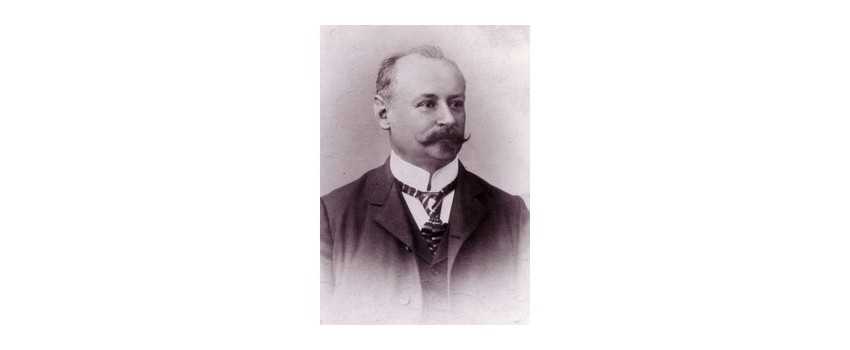In the rich tapestry of French classical music, some threads shine brightly while others remain hidden in the folds of history. Albert Seitz, born on June 24, 1872, in the picturesque city of Besançon, is one such overlooked gem whose musical brilliance deserves to be brought into the spotlight.
Seitz’s journey in the world of music began in his hometown, nestled in the Bourgogne-Franche-Comté region of eastern France. The city, known for its rich cultural heritage and stunning architecture, provided a fertile ground for young Albert’s budding musical talents. As he grew, so did his passion for music, eventually leading him to master the viola, an instrument often overshadowed by its more popular cousin, the violin.
The late 19th and early 20th centuries were a time of great artistic ferment in France, with impressionism in full bloom and new musical ideas emerging. It was in this creatively charged atmosphere that Seitz honed his skills and developed his unique voice as a composer and performer. His talent did not go unnoticed, and in 1900, at the age of 28, he secured a position with the prestigious Orchestre de la Société des Concerts du Conservatoire. This ensemble, founded in 1828, was one of the most respected orchestras in Europe, and Seitz’s appointment speaks volumes about his abilities as a violist.
For over three decades, from 1900 to 1932, Seitz was an integral part of this renowned orchestra. During this time, he would have performed under the baton of some of the most celebrated conductors of the era and played alongside the cream of French musicians. This experience undoubtedly influenced his compositional style, exposing him to a wide range of musical ideas and techniques.
But Albert Seitz was more than just an orchestral player. His true passion lay in composition, and it is through his works that we can truly appreciate the depth of his musical genius. Seitz’s oeuvre spans various genres, from light-hearted operettas to profound chamber music pieces, showcasing his versatility as a composer.
One of his earliest known works, the operetta “Un nuage à la lune de miel” (A Cloud on the Honeymoon), composed in 1896, hints at a playful side to Seitz’s musical personality. The piece, with its libretto by Charles Frot, likely delighted audiences with its wit and charm, a testament to Seitz’s ability to engage with popular forms of entertainment.
As the new century dawned, Seitz’s compositional output flourished. His “Chant dans la nuit” (Song in the Night), a set of two pieces for flute (or violin) or cello and piano, published in 1901, reveals a more introspective side to his music. The evocative titles of the movements, “Aux jours heureux” (In Happy Days) and “Évocation” (Evocation), suggest a composer deeply in touch with human emotions and capable of translating them into sound.
Seitz’s chamber music compositions form a significant part of his legacy. His two sextets for flute, oboe, clarinet, bassoon, horn, and piano, both part of his Opus 22, demonstrate his skill in handling complex instrumental textures. The String Quartet in C major, Op. 24, further cements his reputation as a serious composer of chamber music, a genre that demands both technical proficiency and deep musical understanding.
The early 1900s saw Seitz at the height of his creative powers. In 1904, he composed two significant works: the Sonata in C minor for violin and piano, Op. 30, and the “Fantaisie de concert” in D minor for viola or cello and piano, Op. 31. The latter piece is particularly noteworthy, as it showcases Seitz’s intimate knowledge of the viola, his primary instrument. One can imagine the composer himself performing this piece, his fingers dancing across the strings, bringing to life the rich, warm tones of the often-underappreciated viola.
Albert Seitz’s musical journey came to an end on September 23, 1937, in Paris. He left behind a legacy of beautiful music that, while not as widely recognized as some of his contemporaries, continues to enrich the world of classical music. His works, ranging from intimate chamber pieces to grander orchestral compositions, paint a picture of a versatile, sensitive, and deeply talented musician.
Today, as we rediscover the music of Albert Seitz, we are reminded of the countless unsung heroes of classical music whose contributions have shaped the art form we know and love. In every note of Seitz’s compositions, we hear echoes of Belle Époque Paris, the passionate discussions in smoky cafés, the clatter of horses’ hooves on cobblestone streets, and the timeless beauty of music that transcends its era. Albert Seitz may have been forgotten for a time, but through his music, his spirit lives on, waiting to be rediscovered by new generations of music lovers.


